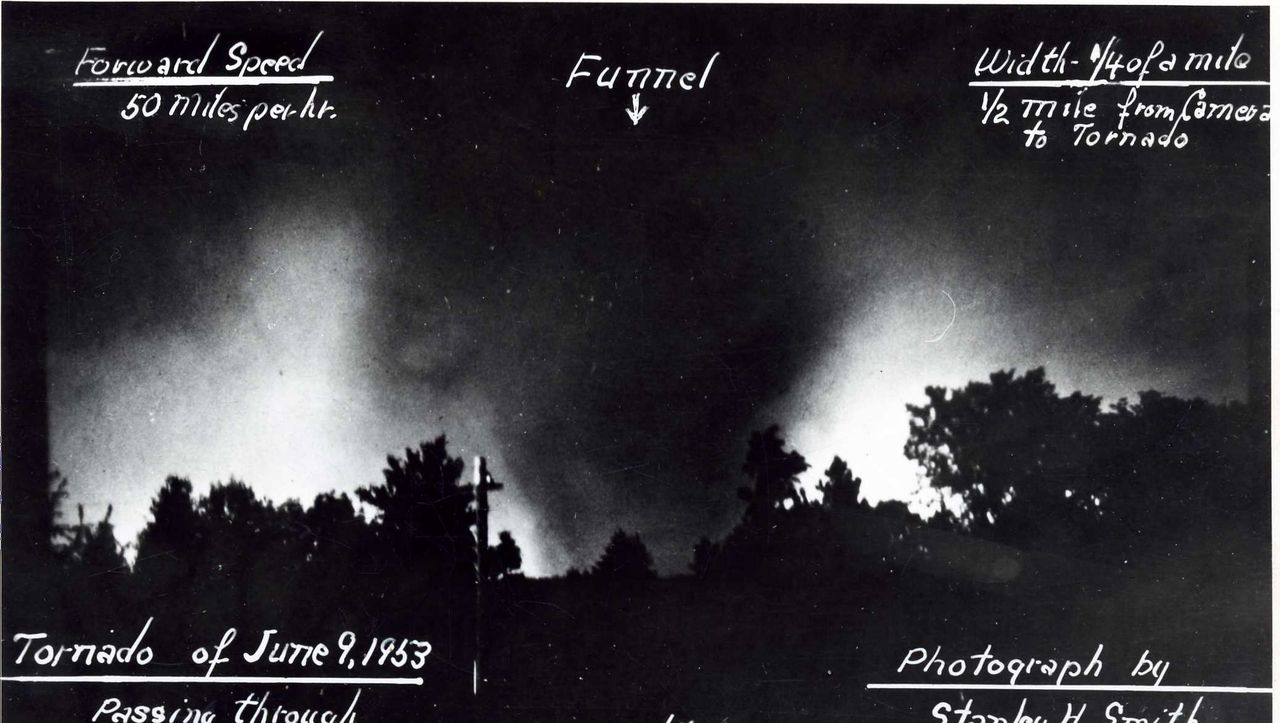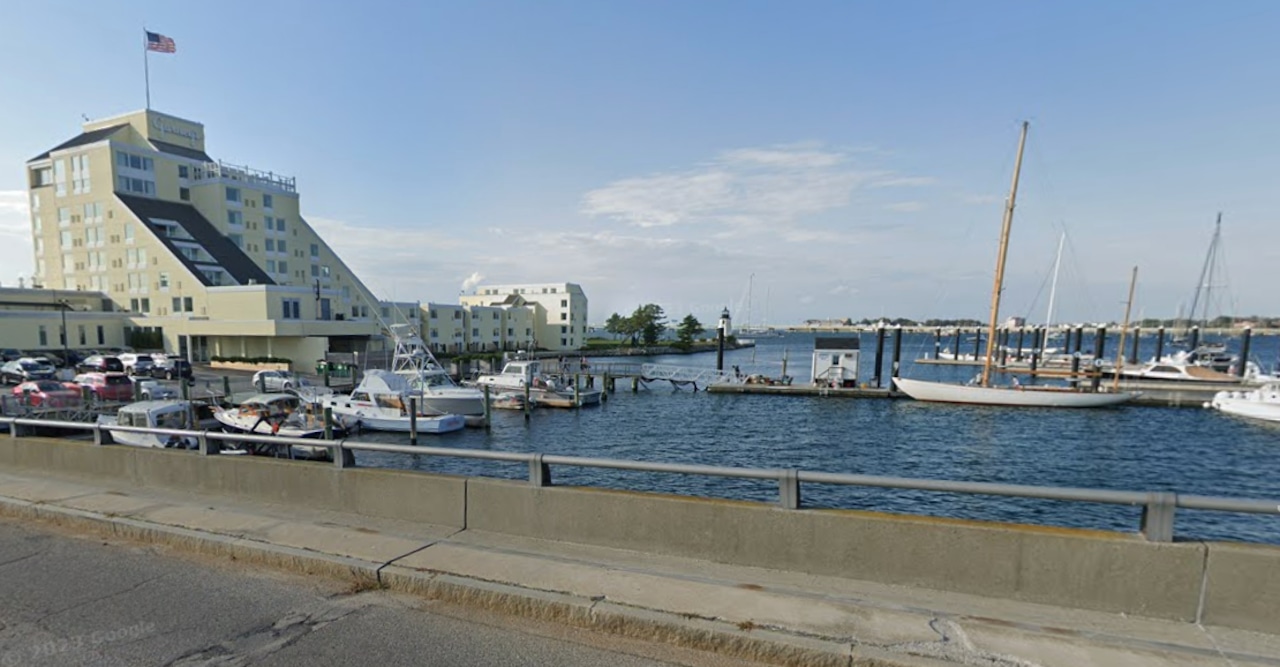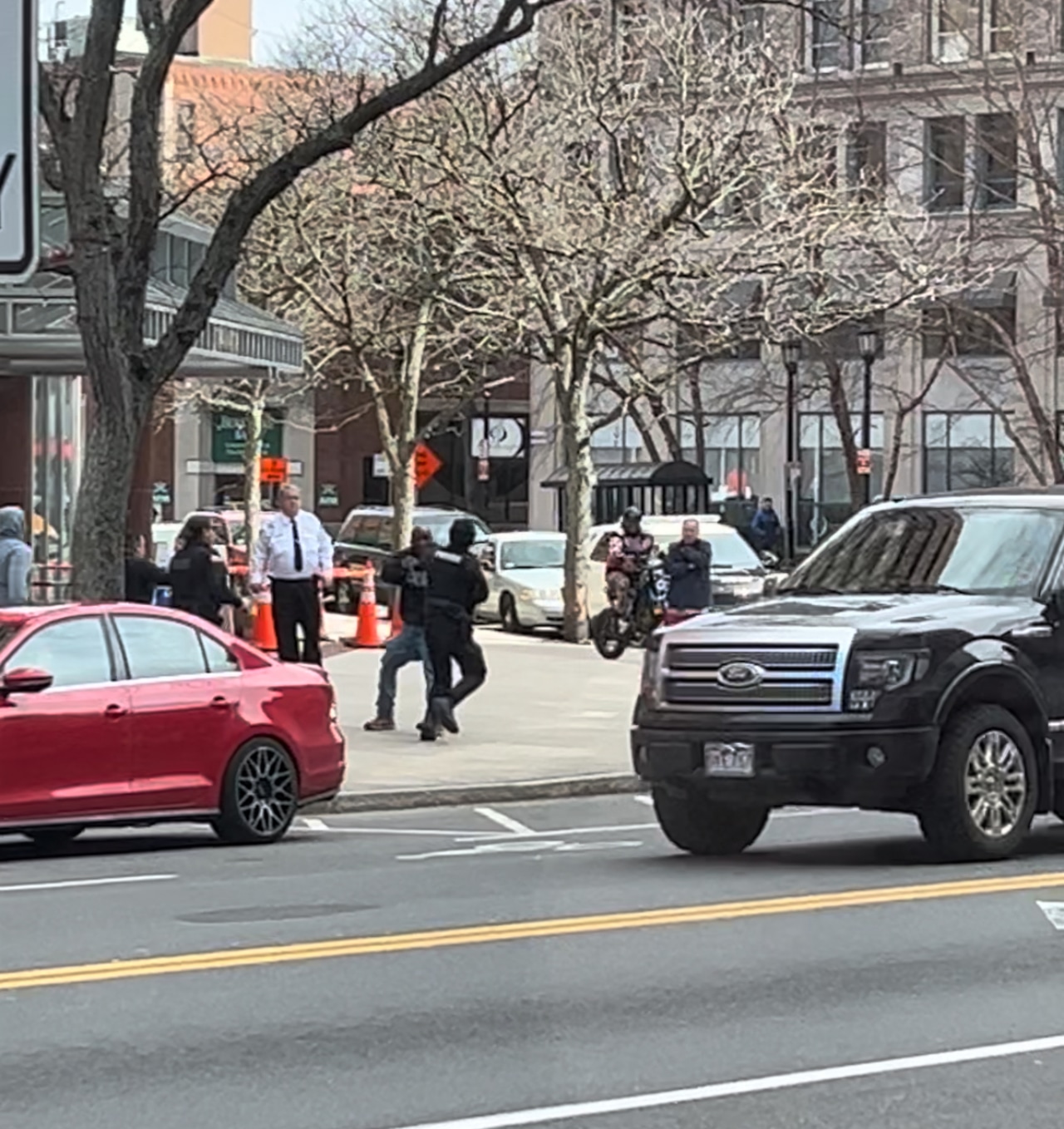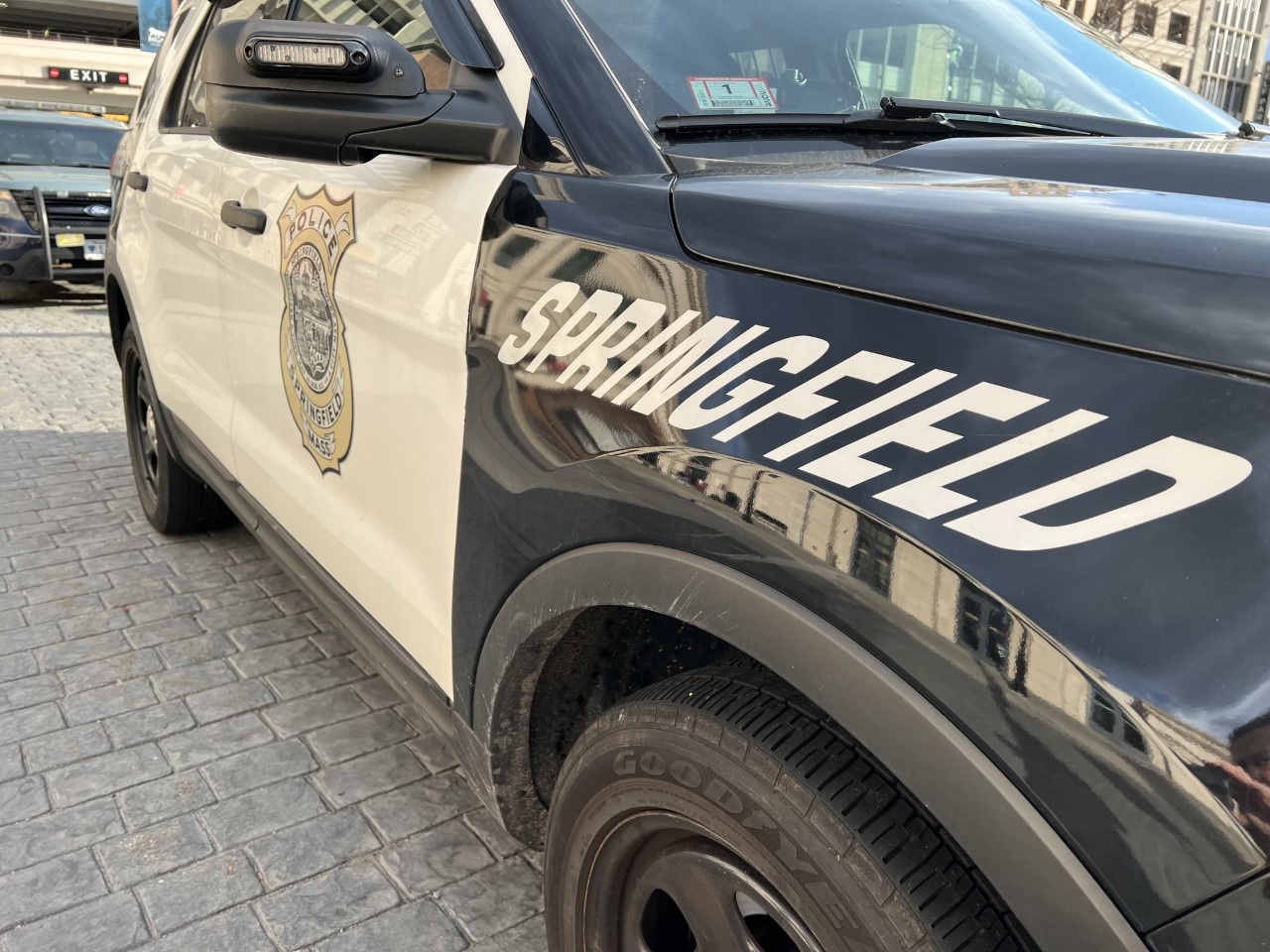
Massachusetts has had a few tornado scares recently, one not far from its border with New Hampshire in Keene, another in Easton and another in North Brookfield.
As much as anyone along the coast and especially anyone outside of New England knows, tornadoes are typically recognized for wreaking havoc in the Midwest in what’s commonly referred to as “Tornado Alley,” comprising northern Texas, Oklahoma, Kansas, Missouri, Iowa, Nebraska, eastern Colorado and even Louisiana, according to AccuWeather.
While those tornadoes are known for the damage they leave behind, registered what’s called the Enhanced Fujita scale, it’s a different story when it comes to tornadoes that hit the ground in New England. The average tornado reaches 300 mph and damage paths can be in excess of one mile wide and 50 miles long, according to the Massachusetts Emergency Management Agency.
The Enhanced Fujita scale monitors tornadoes on a scale of zero to five, with each increasing number lining up with the increased speed of these cyclones.
“Our area tends to see relatively weak tornadoes, usually EF-0 and EF-1,” National Oceanic and Atmospheric Administration meteorologist Joe Dellicarpini told MassLive in an email. “They are very different from Midwest tornadoes in that they tend to be weaker and only last a few minutes.”
Tornadoes in New England can be expected through the summer months of June, July and August, Dellicarpini said. In Massachusetts, Bay State residents can expect around a handful during that time, he added, though they are usually “weak and short-lived, only lasting a few minutes, but they can still produce damage.”
Tornadoes of a stronger caliber are rare in Massachusetts, Dellicarpini said. Exceptions include the historic Worcester Tornado of June 1953, which was rated as an F-4 in 1971 after the Fujita scale was developed, and the June 2011 Springfield Tornado, which was rated at an EF-3.
The National Weather Service’s Peachtree City, Georgia, office noted that the key ingredients to produce a tornado include warm moist air near the ground, with cooler dry air aloft and wind shear with a change in wind speed and/or direction with height. Wind shears that increase an updraft’s strength produce the rotation from a supercell that forms a tornado.
Dellicarpini said that when conditions are ripe for a tornado to develop, people should keep an eye on the weather service when it issues tornado watches and warnings. Cell phones receive alerts warning people in an affected area to take shelter.
Create an emergency plan that identifies safe locations to take shelter in when a tornado strikes, MEMA suggested, including storm shelters and cellars. But “if an underground location is not available, choose an interior room or hallway on the lowest floor. Put as many walls between you and the outside as possible,” the agency said. Make a record of your personal property too with photos and video of belongings and store those records in a safe place.
But as the seasons change, the intensity of various weather patterns change and increase. The University of Massachusetts Amherst’s climate action tool website suggests that in the United States as a whole, increased warming caused by climate change “could increase the frequency of severe storms that include tornadoes, damaging wind, and hail, particularly in the summer.”
Looking at the future, Dellicarpini said forecasters do see more tornadoes in Massachusetts. While the warmer atmosphere could lead to more thunderstorm days, he said it is not a certainty “but something that seems to be more likely to occur.”
Advances in technology have helped meteorologists with accuracy and getting information out to the public faster.
“Doppler Radar allows us to look into storms with more detail than we could before and in some cases can tell us if a tornado touches down (we can see a debris signature in some cases),” Dellicarpini said. “Additionally, with cell phones being so common these days, sharing pictures and video allows us to find out about tornadoes more easily. I’m sure there have been tornadoes that have occurred in the past, say more than 15 years ago, that we just didn’t know about or were reported as wind damage.”
To learn more about tornadoes in Massachusetts and how to prepare for one, visit MEMA’s tornado safety page at the link here.






